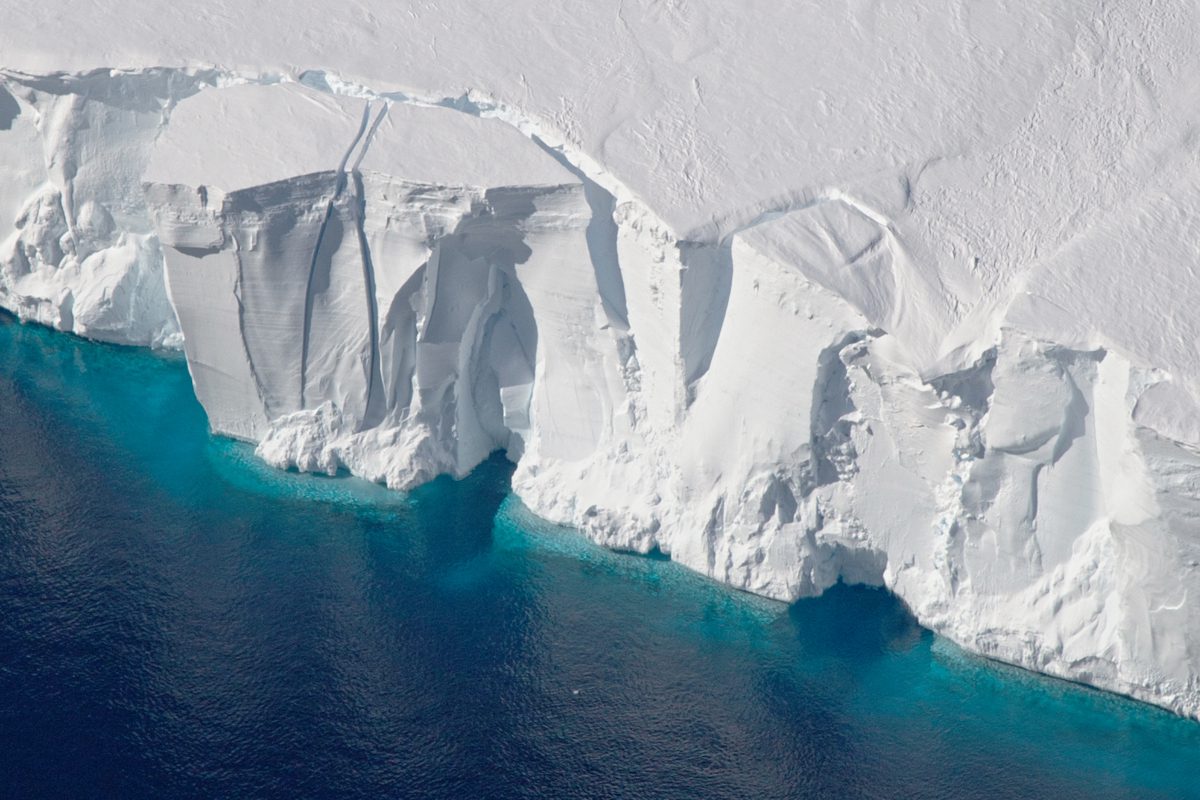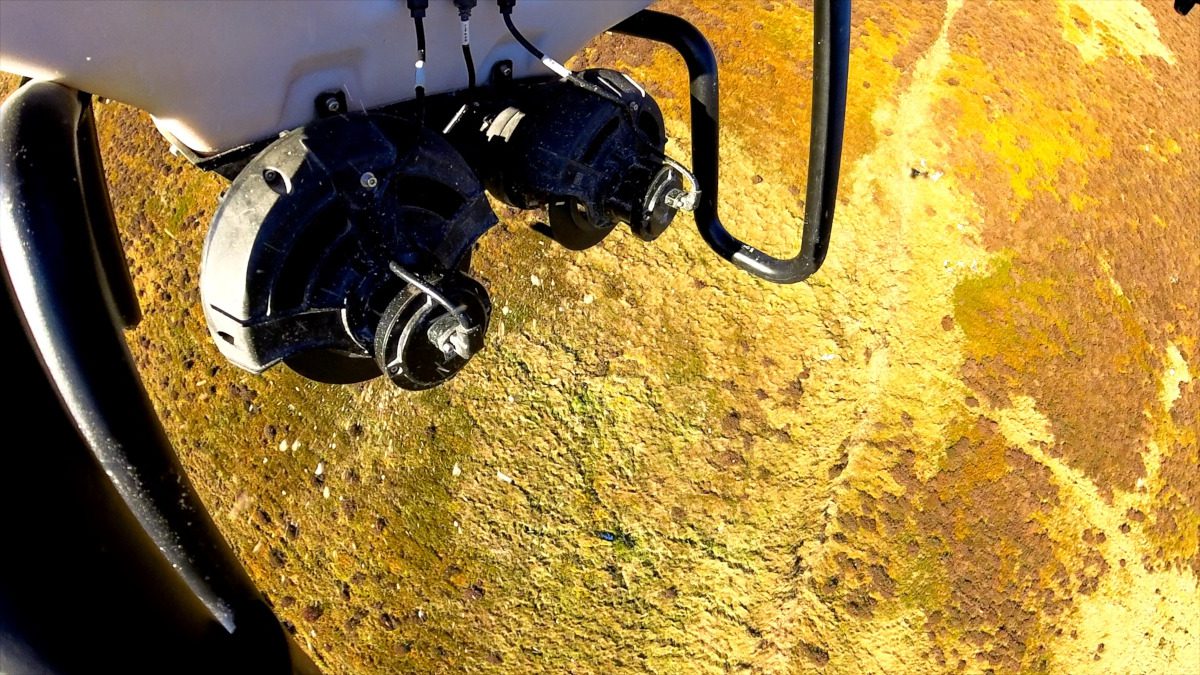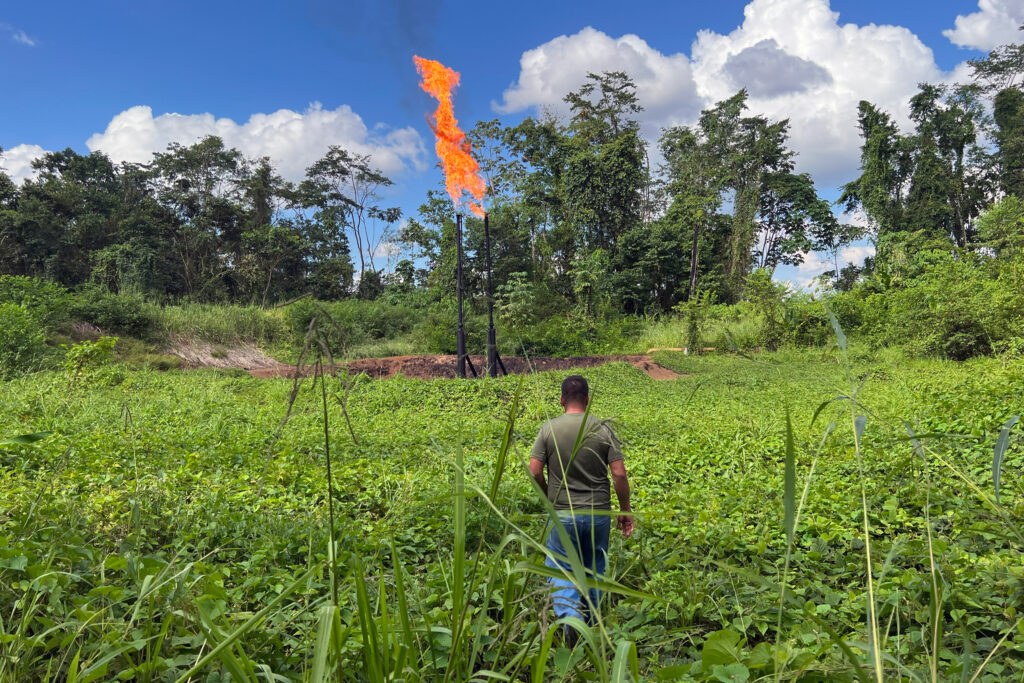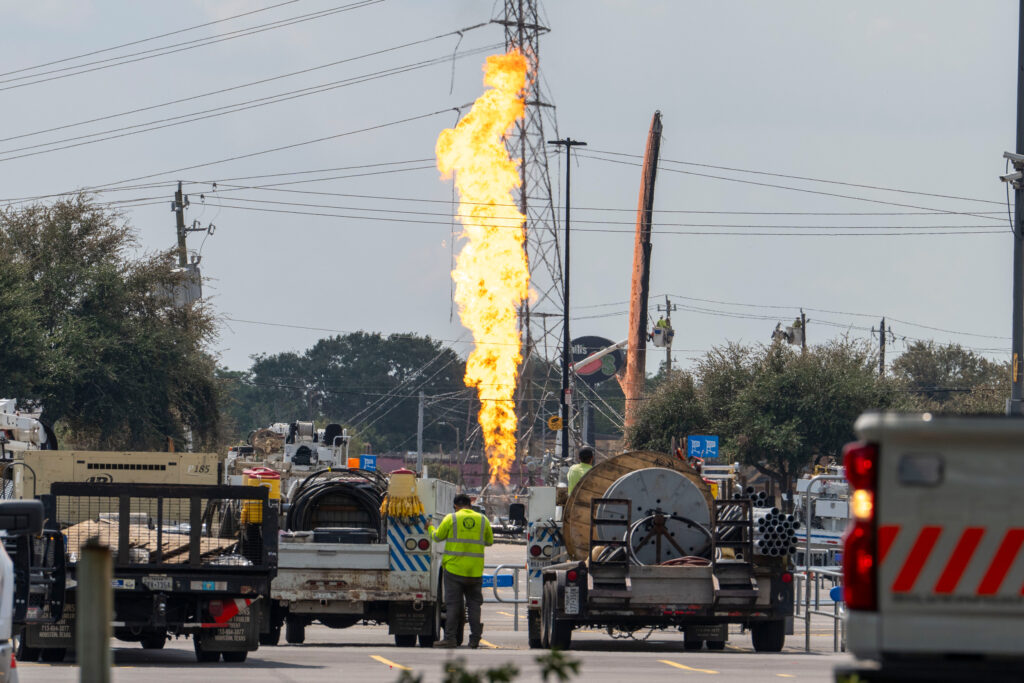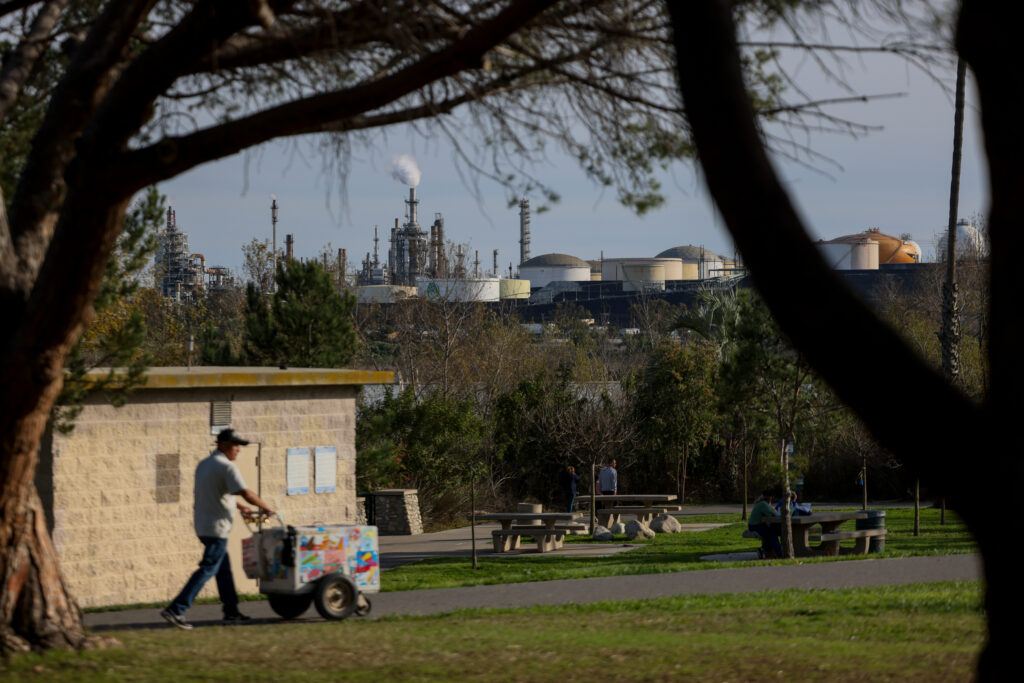Efforts to limit the global temperature increase to 1.5°C under the Paris Climate Agreement may not go far enough to save the world’s ice sheets, according to a new study.
Research led by Durham University suggests the target should instead be closer to 1°C to avoid significant losses from the polar ice sheets and prevent a further acceleration in sea level rise.
The team reviewed a wealth of evidence to examine the effect that the 1.5°C target would have on the ice sheets in Greenland and Antarctica, which together store enough ice to raise global sea levels by almost 65 metres.
The mass of ice lost from these ice sheets has quadrupled since the 1990s and they are currently losing around 370 billion tonnes of ice per year, with current warming levels of around 1.2°C above pre-industrial temperatures according to the latest Intergovernmental Panel on Climate Change (IPCC) report.
The authors argue that further warming to 1.5°C would likely generate several metres of sea level rise over the coming centuries as the Greenland and Antarctic ice sheets melt in response to both warming air and ocean temperatures.
This would make it very difficult and far more expensive to adapt to rising sea levels, causing extensive loss and damage to coastal and island populations and leading to widespread displacement of hundreds of millions of people.
Policymakers and governments need to be more aware of the effects a 1.5°C rise in temperatures could have on ice sheets and sea levels, the researchers say.
Currently, around 230 million people live within one metre of sea level and melting ice represents an existential threat to those communities, including several low-lying nations.
Avoiding this scenario would require a global average temperature cooler than that of today, which the researchers hypothesise is probably closer to 1°C above pre-industrial levels or possibly even lower.
However, the researchers add that further work is urgently needed to more precisely determine a “safe” temperature target to avoid rapid sea level rise from melting ice sheets.
The research team also included experts from the universities of Bristol, UK, and Wisconsin-Madison and Massachusetts Amherst, both USA.
The research is published in the journal Communications Earth and Environment.
Lead author Professor Chris Stokes, in the Department of Geography, Durham University, UK, said: “There is a growing body of evidence that 1.5 °C is too high for the ice sheets in Greenland and Antarctica. We’ve known for a long time that some sea level rise is inevitable over the next few decades to centuries, but recent observations of ice sheet loss are alarming, even under current climate conditions.
“Limiting warming to 1.5°C would be a major achievement and this should absolutely be our focus. However, even if this target is met or only temporarily exceeded, people need to be aware that sea level rise is likely to accelerate to rates that are very difficult to adapt to – rates of one centimetre per year are not out of the question within the lifetime of our young people.
“We are not necessarily saying that all is lost at 1.5°C, but we are saying that every fraction of a degree really matters for the ice sheets – and the sooner we can halt the warming the better, because this makes it far easier to return to safer levels further down the line”
Professor Stokes added: “Put another way, and perhaps it is a reason for hope, we only have to go back to the early 1990s to find a time when the ice sheets looked far healthier.
“Global temperatures were around 1°C above pre-industrial back then and carbon dioxide concentrations were 350 parts per million, which others have suggested is a much safer limit for planet Earth. Carbon dioxide concentrations are currently around 424 parts per million and continue to increase.”
The research team combined evidence from past warm periods that were similar or slightly warmer than present, and measurements of how much ice is being lost under the present level of warming, together with projections of how much ice would be lost at different warming levels over the next few centuries.
Perhaps unsurprisingly, evidence from past warm periods shows that higher sea levels are increasingly likely the higher the warming and the longer it lasts.
Professor Andrea Dutton of the University of Wisconsin-Madison, USA, a co-author of the study, said: “Evidence recovered from past warm periods suggests that several meters of sea level rise – or more – can be expected when global mean temperature reaches 1.5 °C or higher. Furthermore, this evidence also suggests that the longer those warm temperatures are sustained, the greater the impact on ice melt and resulting sea-level rise.”
Fellow study co-author Jonathan Bamber, Professor of Glaciology and Earth Observation at the University of Bristol, UK, has been measuring changes in ice sheets for several decades. Professor Bamber said: “Recent satellite-based observations of ice sheet mass loss have been a huge wake-up call for the whole scientific and policy community working on sea level rise and its impacts. The models have just not shown the kind of responses that we have witnessed in the observations over the last three decades.”
Fellow co-author, Professor Rob DeConto, from the University of Massachusetts Amherst, USA, specialises in computer simulations of Antarctica that reveal how the ice sheet might change under different warming levels.
Professor DeConto said: “It is important to stress that these accelerating changes in the ice sheets and their contributions to sea level should be considered permanent on multi-generational timescales.
“Even if the Earth returns to its preindustrial temperature, it will still take hundreds to perhaps thousands of years for the ice sheets to recover. If too much ice is lost, parts of these ice sheets may not recover until the Earth enters the next ice age. In other words, land lost to sea level rise from melting ice sheets will be lost for a very, very long time. That’s why it is so critical to limit warming in the first place.”
Commenting on the research, Ambassador Carlos Fuller, long-time climate negotiator for Belize agreed that policymakers and governments need to be more aware of the effects of a 1.5°C temperature increase.
Belize long ago moved its capital inland; but its largest city will be inundated at just one metre of sea-level rise.
Ambassador Fuller said: “Findings such as these only sharpen the need to remain within the 1.5°C Paris Agreement limit, or as close as possible, so we can return to lower temperatures and protect our coastal cities.”
The research was funded by the UK’s Natural Environment Research Council.



